In a significant archaeological and historical development, Uzbekistan has officially revised the estimated age of Samarkand – one of the world’s oldest cities – from 2,750 years to 3,000 years. This decision was made during a recent meeting of the Samarkand Regional Council of People’s Deputies, following the discovery of compelling evidence during ongoing excavations.
New evidence uncovered
Recent archaeological work in the Afrasiyab and Göktepe areas of Samarkand has unearthed findings that suggest the city’s origins reach even further back in time than previously believed. These discoveries prompted the deputy to recommend that all relevant institutions adopt 3,000 years as the new benchmark for the city’s age.
Muminhan Saidov, Director of the Samarkand Archaeological Institute, spoke at the meeting, noting that scientific studies on Samarkand’s history have been ongoing for over 150 years. He explained that in the 1970s, local excavations indicated that the city had existed for about 2,500 years. By the early 2000s, joint Uzbek-French research extended that estimate to 2,750 years.
Now, the most recent excavations – also led by the Uzbek-French archaeological team – have uncovered signs of urban life dating back at least 3,000 years. Saidov emphasized that, while these results are still under investigation, evidence of administrative buildings and temples from that early period suggests a well-established urban settlement.
The research teams found that Samarkand’s roots likely go back to the late second millennium B.C. and the beginning of the first millennium B.C. Artifacts recovered from the Afrasiyab and Göktepe sites include historical structures and tools, suggesting that the city already had a developed urban character during that time. The Samarkand Regional Council of People’s Deputies has approved the presentation of these findings to government bodies for the formal recognition of the city’s 3,000-year history.
Samarkand has long been a cultural and political crossroads. Throughout the centuries, it served as the capital of various Turkic states, including the Western Karakhanids, the Shaybanids and the Timurids. Its significance as a center of Turkic-Islamic civilization is reflected in its more than one thousand preserved historical and cultural monuments.
Located at a strategic point along the ancient Silk Road, the city flourished as a hub of commerce, religion and science. Architectural masterpieces such as Registan Square reveal the aesthetic and technical heights of Islamic design in Central Asia. The Shah-i-Zinda complex holds the tomb of Qutham ibn Abbas, a cousin of the Prophet Muhammad who was martyred during the Umayyad period – making it a sacred site of pilgrimage.
The legacy of the Timurid Empire is especially visible in the Gur-e-Amir Mausoleum, the final resting place of Timur (Tamerlane), the empire’s founder. Nearby stands the Ulugh Beg Observatory, a pioneering center of astronomical study built by Timur’s grandson, the famed scientist Ulugh Beg. The Bibi-Khanym Mosque, built by Timur’s wife, was once among the largest mosques in the Islamic world. Meanwhile, the Hazrat Khizr Mosque – dating back to the early eighth century – is considered the first mosque established in Central Asia.
Global recognition
In 2001, Samarkand was inscribed on UNESCO’s World Heritage List in recognition of its exceptional historical and cultural value. The city celebrated its 2,750th anniversary under UNESCO’s patronage in 2007. With the latest archaeological evidence now pushing its origins back to 3,000 years, Samarkand’s legacy as one of the world’s oldest continually inhabited cities grows even more profound.

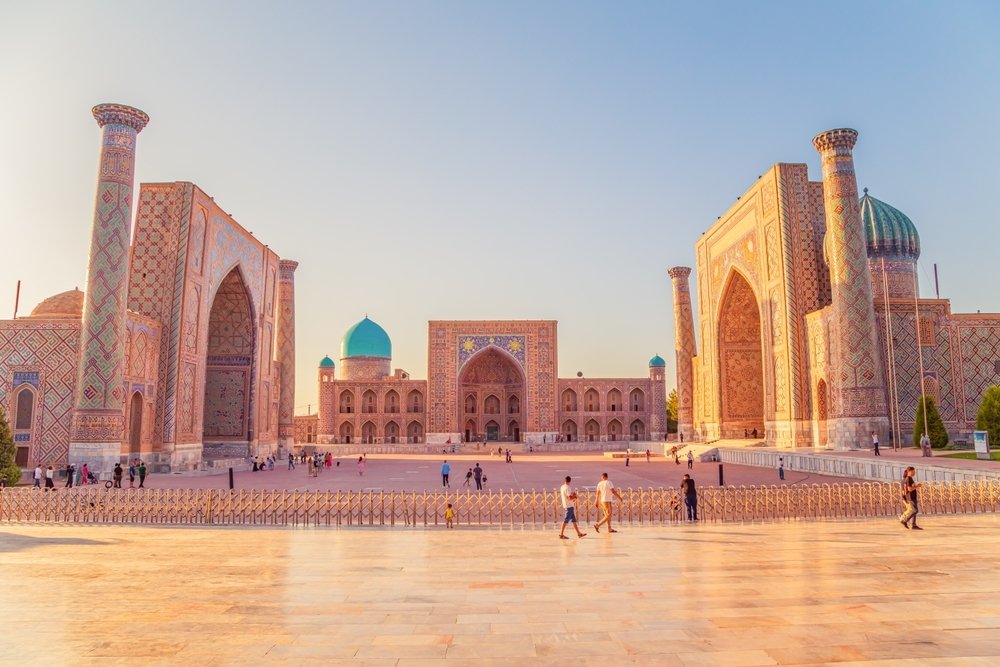
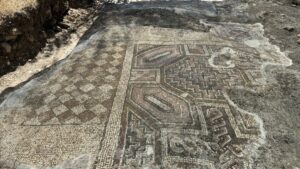









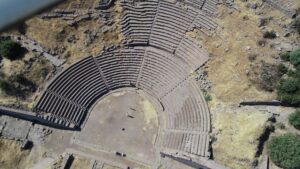












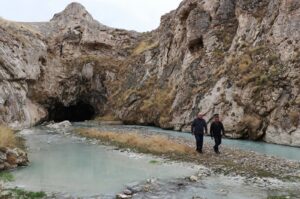










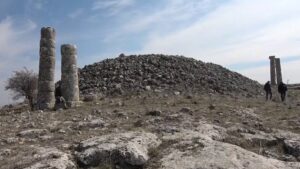















Be First to Comment